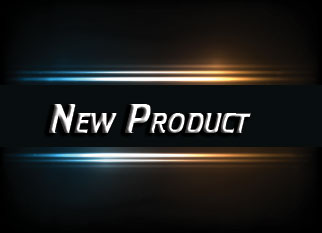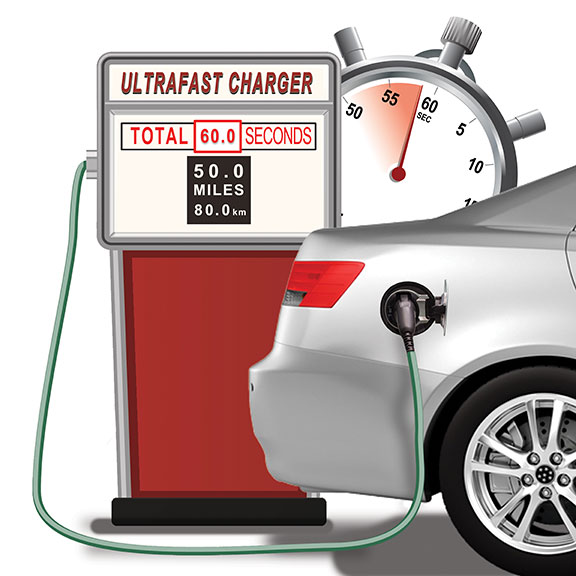Category: Main Site
Getting Battery Energy Storage Systems Installed in the Built Environment
Contributed commentary by Laurie Florence, Principal Engineer, UL
Battery energy storage systems are being utilized for numerous applications including support for intermittent renewable energy sources, grid balancing and load leveling, reliability and resiliency, and providing costs savings to users by providing power during peak/high cost times. Utilities have been installing energy storage at various utility controlled areas to provide renewable support or ancillary services. More recently, these systems are being installed at commercial sites, on private property and even within mixed occupied buildings including residential locations. Read more about Getting Battery Energy Storage Systems Installed in the Built Environment …
TM4 Expands its Product Offering with the Launch of a Bi-Directional Charger Inverter
Silatronix Awarded Navy ONR Contract to Enable Safe, High Stability LTO Based Li-Ion Batteries Using Organosilicon Electrolytes
Ultra-Fast Charging: Respecting the Limits of a Battery when Feeding
Content Contributed by Isidor Buchmann, CEO & Founder, Cadex Electronics, Inc.
Consumers demand faster charging times. Leading in this movement is the electric vehicle (EV) industry that strives for charge times similar to filling up a vehicle at a gas station. Pumping 50 liters (13 gallons) of fuel into a tank holds a calorific value of 600 kWh. The fill-up is quick. An EV battery, in comparison, only stores between 50 to 100 kWh of energy and charging takes a long time. Read more about Ultra-Fast Charging: Respecting the Limits of a Battery when Feeding …
Qnovo’s Adaptive Battery Charging Included on LG’s Latest Smartphones
Gone in 60 Seconds: Five Ways Next-Generation Ultrafast-Charging EV Batteries are About to Change Everything
Contributed commentary by Robert A. Rango, President and CEO, Enevate Corp.
August 1, 2017 | Electric vehicles are the most revolutionary development in the auto industry since the internal combustion engine. Every day they get more advanced and more popular. Electric cars and plug-in hybrids are projected to account for an average of 8 percent of all cars sold in the United States by 2020. While that shows tremendous growth in electric vehicles (EVs), you dont have to be a statistician to notice that this is still a fairly small percentage. EVs are becoming more affordable (although they may not be as affordable as cars with internal combustion engines until the 2020s). Plus, there are great government incentives that make it easy, and at least comparable in price to standard auto sales, for people to switch to EVs. So whats holding the market back? Read more about Gone in 60 Seconds: Five Ways Next-Generation Ultrafast-Charging EV Batteries are About to Change Everything …











